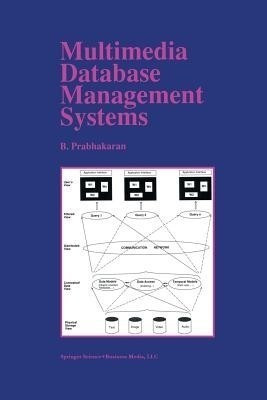Multimedia Database Management Systems(English, Paperback, Prabhakaran B.)
Quick Overview
Product Price Comparison
Multimedia Database Management Systems presents the issues and the techniques used in building multimedia database management systems. Chapter 1 provides an overview of multimedia databases and underlines the new requirements for these applications. Chapter 2 discusses the techniques used for storing and retrieving multimedia objects. Chapter 3 presents the techniques used for generating metadata for various media objects. Chapter 4 examines the mechanisms used for storing the index information needed for accessing different media objects. Chapter 5 analyzes the approaches for modeling media objects, both their temporal and spatial characteristics. Object-oriented approach, with some additional features, has been widely used to model multimedia information. The book discusses two systems that use object-oriented models: OVID (Object Video Information Database) and Jasmine. The models for representing temporal and spatial requirements of media objects are then studied. The book also describes authoring techniques used for specifying temporal and spatial characteristics of multimedia databases. Chapter 6 explains different types of multimedia queries, the methodologies for processing them and the language features for describing them. The features offered by query languages such as SQL/MM (Structured Query Language for Multimedia), PICQUERY+, and Video SQL are also studied. Chapter 7 deals with the communication requirements for multimedia databases. A client accessing multimedia data over computer networks needs to identify a schedule for retrieving various media objects composing the database. The book identifies possible ways for generating a retrieval schedule. Chapter 8 ties together the techniques discussed in the previous chapters by providing a simple architecture of a distributed multimedia database management system. Multimedia Database Management Systems can be used as a text for graduatestudents and researchers working in the area of multimedia databases. In addition, the book serves as essential reading material for computer professionals who are in (or moving to) the area of multimedia databases.


